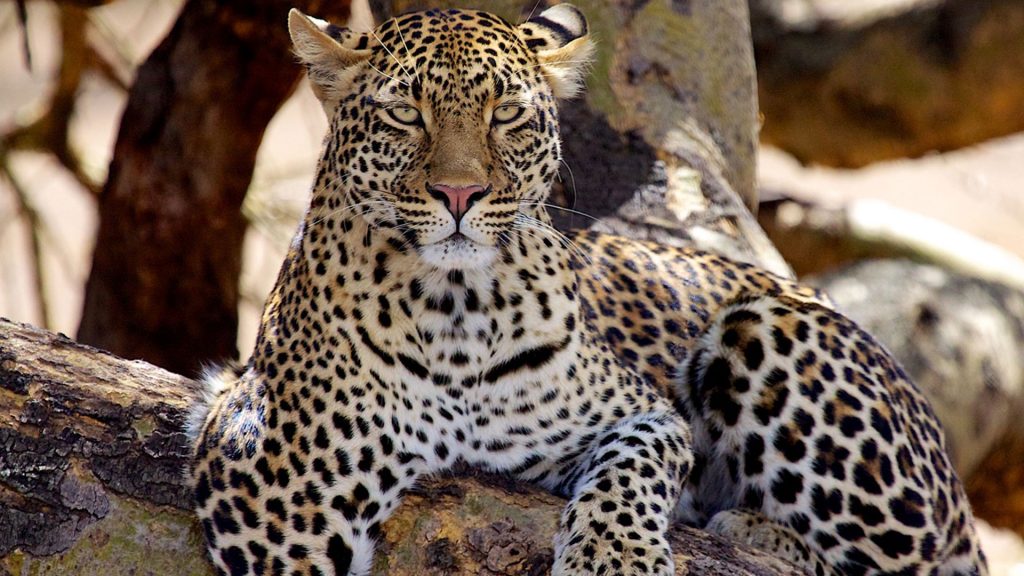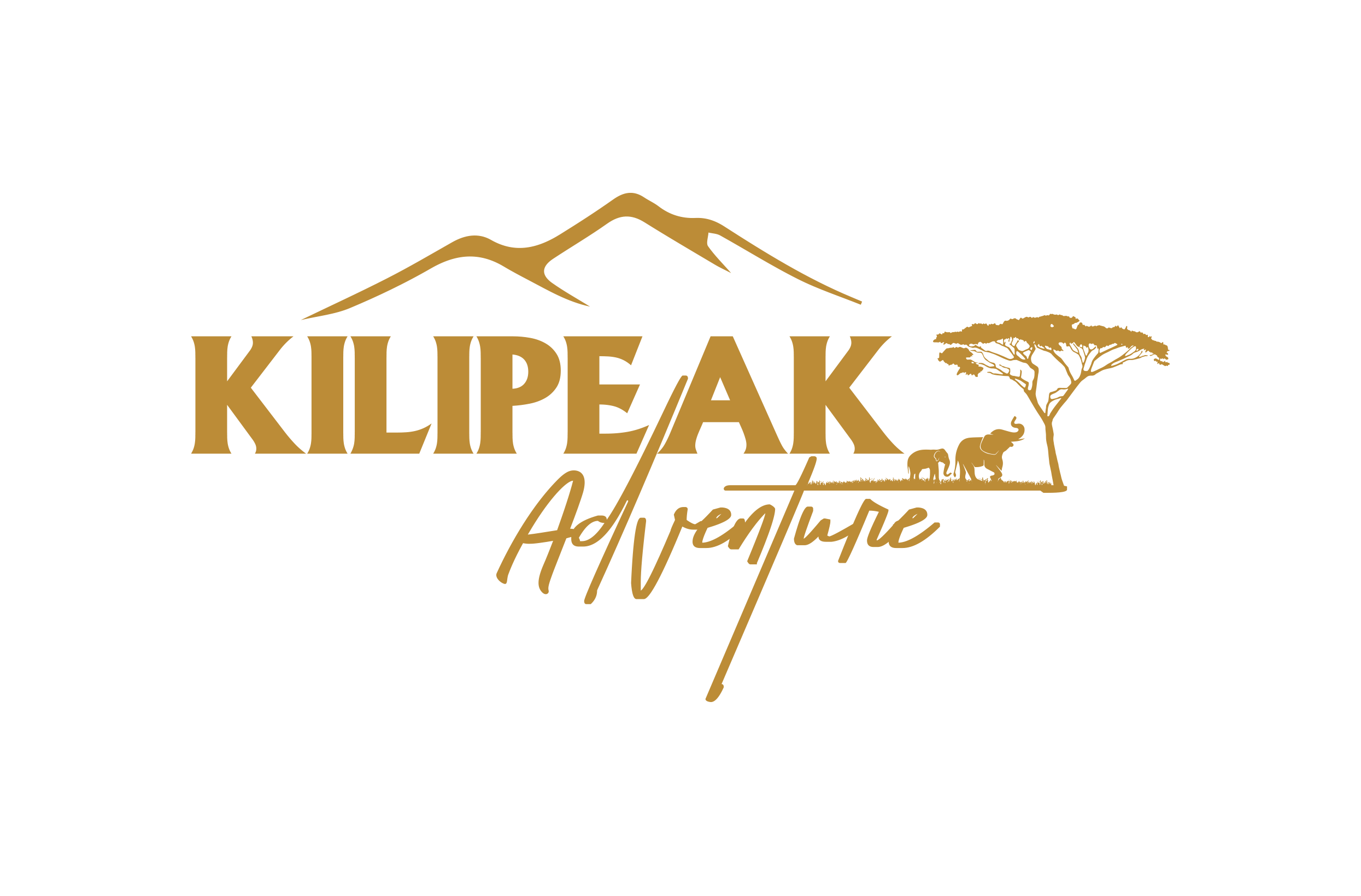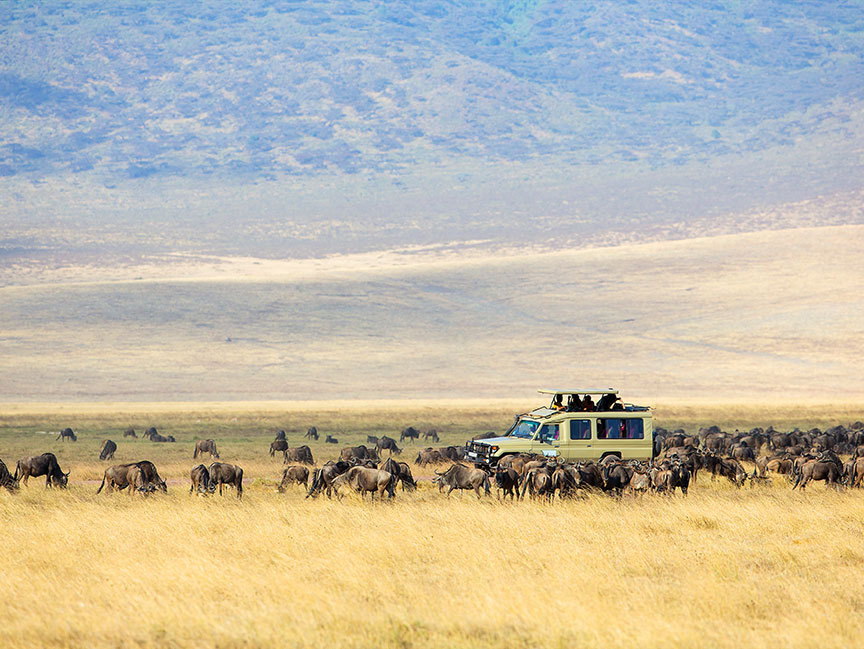
8 Day Best Northern Tanzania Wildlife Safari Tour
8 Day Best Northern Tanzania Wildlife Safari Tour with Kilipiak adventure is famed for its annual migration, when some six million hooves pound the open plains, as more than 200,000 zebra and 300,000 Thomson’s gazelle join the wildebeest’s trek for fresh grazing.
Day 1: Safari Welcome to Tanzania.
Arrive anytime at Kilimanjaro International Airport (JRO), Tanzania. You will meet us at the airport and pick us up with a private transfer to Karama Lodge and spa in Arusha we will gather in the evening for an equipment check. We will also confirm you have the appropriate mandatory medical coverage and travel insurance.
Dinner and overnight at Karama Lodge and Spa: Half board:
Day 2: Tarangire National Park.
Morning breakfast at Karama Lodge. Afterward, we depart for Tarangire National Park. Your first experience of safari will be the thrilling game drive through the vastness of Tarangire National Park and arrive in good time for lunch. Afternoon game driving through the park followed by dinner at the tented camp.
Dinner and overnight at Migunga Forest Tented Camp or similar: full board.
Day 3: Lake Manyara National Park
we depart from your lodge and proceed to Lake Manyara National Park. Although small in size, this park is one of the most diverse reserves in the country. Lake Manyara covers two-thirds of the park. At the backdrop is the wall of the Great Rift Valley, before which lies the groundwater forest, areas of open grassland near the lake foreshore, and the Soda Lake. We enjoy a picnic lunch in this area, which consists of open grassy areas, hot springs, dense woodlands, and steep mountainsides. Lake Manyara National Park is a birding paradise that has more than 350 species of bird. The park is also famed for its unique and elusive tree- We will make a full-day game drive in the Lake Manyara National Park and in the evening we will drive black to the tented camp.
Dinner and overnight at Migunga Forest Tented Camp: full board.
Day 4: Serengeti National Park
We proceed to Olduvai Gorge, known as the ‘Cradle of Mankind’. It was here, in the Great Rift Valley, that the remains of early hominids dating back 2 million years were uncovered. Afterward, we visit the most famous wildlife sanctuary in the world – Serengeti National Park. The word ‘Serengeti’ means ‘endless plains, which describes the park’s 5,600 square mile boundary. Yet for its sprawling area, the Serengeti does not disappoint when it comes to rich game-viewing. Annually, from May to December, millions of animals embark on a migration that brings them from central Serengeti to Kenya’s Masai Mara and back again in an incredible spectacle. Even during the ‘down-time’, vast herds of wildebeest, zebra, and gazelle roam here, along with groups of elephants, giraffes, and buffalo. As the lions, leopard, cheetah, hyenas, and jackals stalk their meals, we enjoy a picnic lunch in this open arena.
Dinner and overnight at Serengeti Wild Tented Camp or similar: Full board.
Day 5: Another Day Serengeti National Park
Full-day game drives in the central and northern Serengeti national park and returns to the tented camp for dinner.
Dinner and overnight at Serengeti Wild Tented Camp or similar: Full board.
Day 6: Serengeti to Ngorongoro Area
Games drive around central Serengeti after lunchtime and drive back to the Ngorongoro crater.
Dinner and overnight at Ngorongoro Wild Tented Camp or similar: Full board.
Day 7: Ngorongoro Crater Tour
Today we visit the largest intact volcanic crater in the world, the magnificent Ngorongoro Crater. At more than 2,000 feet deep and 12 miles in diameter, the Ngorongoro Crater has one of the largest concentrations of wildlife in Africa. 30,000 animals make their home in this crater, making it an ideal place for sightings of the ‘big 5’ – lion, elephant, rhino, buffalo, and leopard. We enjoy a picnic lunch in this truly world-class attraction, also known as the ‘8th Wonder of the World’. In the afternoon drive back to Arusha.
Dinner and overnight at Karama Lodge or similar: hall board.
Day 8: Departure Day.
Afternoon lunchtime drives back to Kilimanjaro International airport (JRO).
E-mail us at any time to discuss your trip and get an accurate quotation.
8 Day Best Northern Tanzania Wildlife Safari Tour Includes:
• Full board accommodation whilst on safari in the above mentioned en suite tented camps and lodges
• Private safari guide
• Private 4 x 4 safari jeep with pop up roof for game viewing
• Transfers in both directions between the International Airport
• Park fees
• Crater fees
• Airport Arrival/Departure Meet and Greets at the airport
• On safari – Vehicles equipped with ice chest with mineral water, wildlife guidebook, Karibuni welcome packet with useful information for all guests
• Government taxes, VAT, and service charges relating to accommodation and including meals
8 Day Best Northern Tanzania Wildlife Safari Tour Excludes:
• Tanzania Visa: $50 per person on arrival, USA and Canada passport holders USD.100
• Personal Expenses (e.g. laundry, telephone, beverages, etc.)
• Meals not listed above
• Optional Tours (balloon rides USD. 500 per person etc)
• Tips and any items of personal nature.


